Home>Construction & Tools>Building Materials>How To Tell: Eifs Vs Stucco
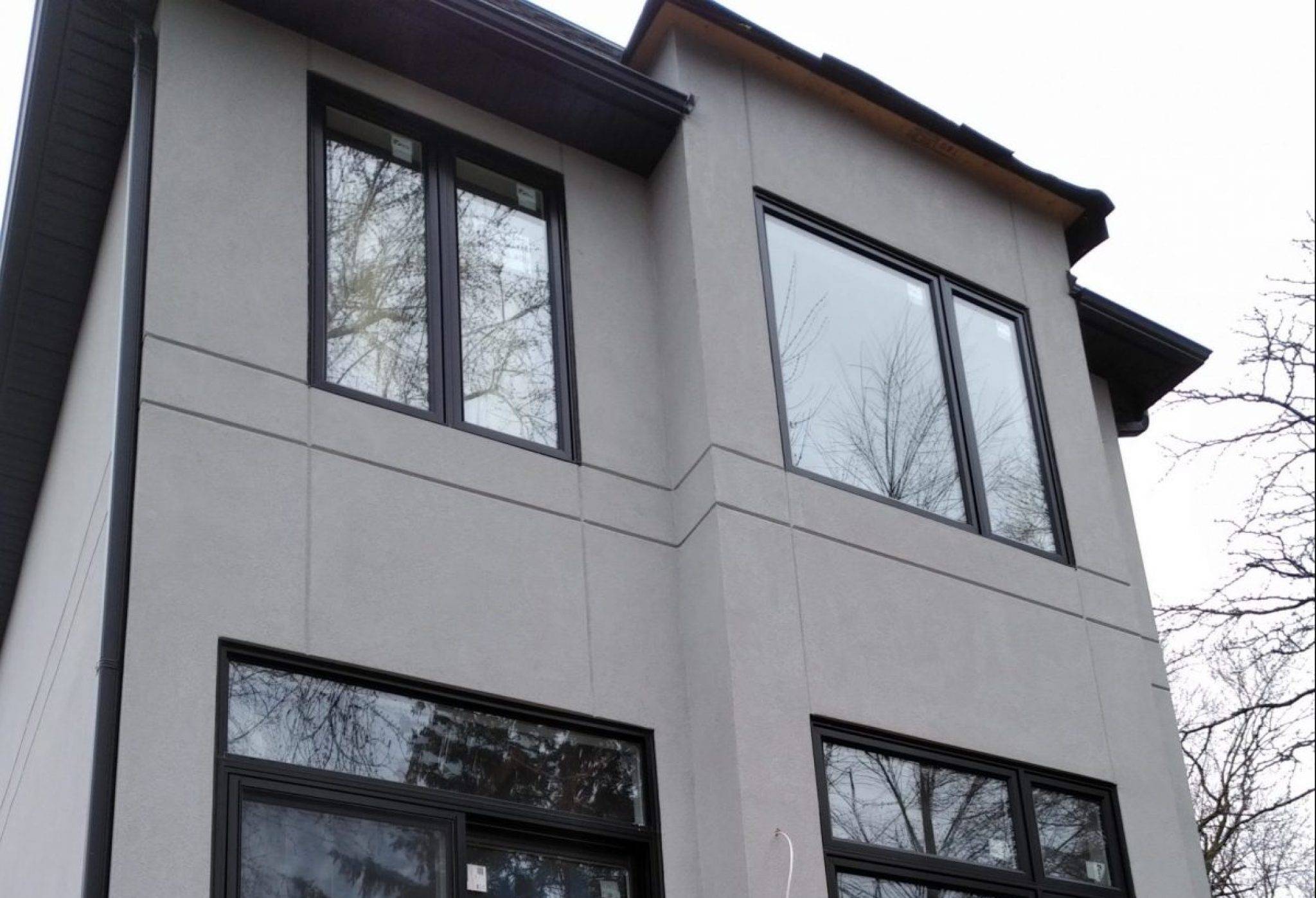

Building Materials
How To Tell: Eifs Vs Stucco
Published: January 17, 2024
Learn the key differences between EIFS and stucco as building materials. Understand their unique characteristics to make informed decisions for your project.
(Many of the links in this article redirect to a specific reviewed product. Your purchase of these products through affiliate links helps to generate commission for Storables.com, at no extra cost. Learn more)
Introduction
When it comes to exterior finishes for buildings, EIFS and stucco are two popular options that often get mistaken for each other. Both are widely used for their aesthetic appeal and protective properties, but they have distinct differences that set them apart. Understanding these differences is crucial for anyone involved in construction or building maintenance.
In this comprehensive guide, we will delve into the world of EIFS (Exterior Insulation and Finish Systems) and stucco, exploring their unique characteristics, benefits, drawbacks, and how to differentiate between the two. By the end of this article, you will have a clear understanding of EIFS vs. stucco, enabling you to make informed decisions when it comes to exterior finishes for your construction projects. So, let's embark on this enlightening journey to unravel the mysteries of EIFS and stucco.
Key Takeaways:
- EIFS offers energy efficiency and design flexibility, while stucco provides durability and timeless elegance. Understanding their differences helps make informed decisions for building exteriors.
- Visual, tactile, and structural cues can help differentiate between EIFS and stucco. Knowing these indicators is crucial for choosing the right cladding material for construction projects.
Read more: How To Fix EIFS Stucco
What is EIFS?
EIFS, which stands for Exterior Insulation and Finish Systems, is a versatile cladding system that has gained popularity in the construction industry. It is a multi-layered exterior finish that provides insulation, weather resistance, and aesthetic enhancement for buildings. The components of an EIFS typically include an insulation board, a base coat reinforced with glass fiber mesh, and a textured finish coat.
One of the primary advantages of EIFS is its exceptional insulating properties. By adding a layer of insulation to the exterior of a building, EIFS helps improve energy efficiency and thermal performance. This can lead to reduced heating and cooling costs, making it an environmentally friendly option for building exteriors.
Furthermore, EIFS offers a wide range of design possibilities. Its finish coat can be customized to mimic various textures, such as stucco, stone, or brick, providing architects and builders with the flexibility to achieve their desired aesthetic effects. Additionally, EIFS is available in an array of colors, allowing for creative freedom in exterior design.
Another notable feature of EIFS is its ability to minimize air and moisture infiltration, which contributes to the longevity of the building structure. When properly installed and maintained, EIFS can offer durable protection against the elements, helping to preserve the integrity of the building over time.
It’s important to note that there are different types of EIFS, including traditional (or barrier) EIFS and modern (or drainage) EIFS. Traditional EIFS relies on a water-resistant base coat to protect against moisture, while modern EIFS incorporates a drainage system to manage any water that penetrates the system, providing enhanced moisture management and improved durability.
Overall, EIFS is a popular choice for its energy efficiency, design versatility, and protective qualities. However, it’s essential to weigh the advantages and disadvantages of EIFS before making a decision, especially in comparison to other exterior finish options such as stucco.
What is Stucco?
Stucco is a traditional exterior finish that has been used for centuries, known for its durability, timeless appeal, and versatility. It is composed of cement, sand, lime, and water, creating a hard, protective coating for building exteriors. Stucco can be applied to various substrates, including masonry, wood, and metal lath, making it a flexible option for different architectural styles.
One of the key characteristics of stucco is its resilience in diverse weather conditions. When properly installed and maintained, stucco provides excellent protection against moisture, UV exposure, and temperature fluctuations. This durability contributes to the long-term structural integrity of buildings, making stucco a reliable choice for exterior cladding.
In addition to its robustness, stucco offers a classic, elegant appearance that complements a wide range of architectural designs. Its smooth or textured finish can be customized to achieve various aesthetic effects, from a rustic, old-world charm to a sleek, modern facade. The versatility of stucco allows for seamless integration with different building styles, enhancing the overall visual appeal of structures.
Moreover, stucco is a fire-resistant material, adding a layer of safety to buildings. Its non-combustible nature can help prevent the spread of fires, offering valuable protection in regions prone to wildfire risks. This fire-resistant property makes stucco a desirable option for homeowners and builders seeking to enhance the safety of their properties.
While stucco boasts numerous advantages, it is essential to consider potential drawbacks, such as the need for periodic maintenance to address cracks or damage that may occur over time. Additionally, the installation of stucco requires skilled craftsmanship to ensure proper application and long-lasting performance, highlighting the importance of hiring experienced professionals for stucco projects.
Overall, stucco remains a popular choice for its durability, aesthetic appeal, and fire-resistant qualities. Understanding the unique attributes of stucco is crucial for making informed decisions when selecting exterior finishes for construction or renovation projects.
Key Differences Between EIFS and Stucco
While EIFS and stucco may share some superficial similarities in their appearance, they differ significantly in composition, application, and performance. Understanding these distinctions is essential for choosing the most suitable exterior finish for a building. Here are the key differences between EIFS and stucco:
- Composition: EIFS is a multi-layered system consisting of insulation board, a base coat reinforced with glass fiber mesh, and a textured finish coat. In contrast, stucco is primarily composed of cement, sand, lime, and water, creating a hard, protective coating for building exteriors.
- Insulation: One of the primary distinctions between EIFS and stucco is the insulation factor. EIFS provides superior insulation properties, contributing to energy efficiency and thermal performance. Stucco, while offering some thermal mass benefits, does not provide the same level of insulation as EIFS.
- Appearance: EIFS offers a wide range of design possibilities, with its finish coat customizable to mimic various textures, colors, and architectural styles. Stucco, on the other hand, typically presents a textured or smooth finish in neutral or earthy tones, reflecting a more traditional aesthetic.
- Application: The application process for EIFS involves layering the insulation board, base coat, and finish coat, requiring specialized installation techniques. Stucco application involves the mixing and application of the stucco material directly onto the building substrate, often requiring skilled craftsmanship for a seamless finish.
- Maintenance: EIFS may require less maintenance than stucco, as it is less prone to cracking and can offer better resistance to moisture infiltration. Stucco, while durable, may require periodic maintenance to address cracks and ensure long-term performance.
- Moisture Management: Modern EIFS incorporates a drainage system to manage any water that penetrates the system, offering enhanced moisture management and improved durability. Stucco, while inherently resistant to moisture, may not offer the same level of moisture management as modern EIFS.
By understanding these fundamental differences, builders, architects, and property owners can make informed decisions when selecting between EIFS and stucco for their construction or renovation projects. Both options have unique characteristics and advantages, and the choice ultimately depends on specific project requirements, aesthetic preferences, and performance expectations.
Pros and Cons of EIFS
EIFS (Exterior Insulation and Finish Systems) offers a range of advantages and disadvantages that should be carefully considered when evaluating its suitability for a building project. Understanding the pros and cons of EIFS is essential for making informed decisions about exterior finishes. Let’s explore the key advantages and drawbacks of EIFS:
Read more: What Is Eifs Siding
Pros of EIFS:
- Energy Efficiency: EIFS provides excellent insulation, contributing to enhanced energy efficiency and reduced heating and cooling costs for buildings. This can lead to long-term savings on energy expenses.
- Design Versatility: With EIFS, architects and builders have the flexibility to achieve a wide range of design effects. The finish coat can be customized to mimic various textures, colors, and architectural styles, offering creative freedom in exterior design.
- Moisture Resistance: When properly installed and maintained, EIFS can offer durable protection against moisture infiltration, helping to preserve the integrity of the building structure and reduce the risk of water-related damage.
- Crack Resistance: EIFS has the potential to be less prone to cracking compared to traditional stucco, contributing to a more uniform and aesthetically pleasing exterior appearance over time.
- Sound Insulation: In addition to thermal insulation, EIFS can provide sound insulation benefits, helping to reduce external noise and create a quieter indoor environment.
Cons of EIFS:
- Potential Moisture Issues: Improper installation or maintenance of EIFS can lead to moisture-related problems, such as mold growth or water infiltration. It is crucial to follow best practices for installation and maintenance to mitigate these risks.
- Installation Complexity: The application of EIFS requires specialized installation techniques and skilled labor, which may result in higher installation costs compared to some other exterior finishes.
- Fire Resistance: While EIFS can be manufactured with fire-resistant properties, it is essential to ensure that the chosen system meets local fire safety regulations and standards to mitigate fire risks.
- Repair Challenges: Addressing damage or issues with EIFS may require specialized knowledge and techniques, making repairs potentially more complex and costly compared to some other cladding materials.
By weighing these advantages and disadvantages, stakeholders can make informed decisions about whether EIFS aligns with the specific requirements and priorities of their construction projects. While EIFS offers compelling benefits, it is essential to address potential drawbacks through proper installation, maintenance, and adherence to industry best practices.
Pros and Cons of Stucco
Stucco, a time-honored exterior finish, presents a set of advantages and disadvantages that should be carefully evaluated when considering it for construction or renovation projects. Understanding the pros and cons of stucco is crucial for making informed decisions about exterior cladding options. Let’s explore the key benefits and drawbacks of stucco:
Pros of Stucco:
- Durability: Stucco is renowned for its resilience and long-term durability, offering reliable protection against diverse weather conditions, including moisture, UV exposure, and temperature fluctuations.
- Aesthetic Appeal: With its classic, elegant appearance, stucco enhances the visual appeal of buildings and complements various architectural styles, from traditional to contemporary designs.
- Fire Resistance: Stucco is a non-combustible material, providing valuable fire resistance and contributing to the safety of buildings, particularly in regions prone to wildfire risks.
- Customization: Stucco finishes can be tailored to achieve different textures and colors, allowing for versatile design options to suit specific aesthetic preferences and architectural themes.
- Low Maintenance: When properly installed, stucco requires minimal maintenance, with periodic inspections and minor repairs being sufficient to ensure its long-term performance.
Cons of Stucco:
- Potential Cracking: Over time, stucco may develop hairline cracks or other minor blemishes, requiring periodic maintenance to address these issues and prevent water infiltration.
- Skilled Application: Achieving a high-quality stucco finish necessitates skilled craftsmanship and proper application techniques, which may result in higher installation costs compared to some other cladding materials.
- Moisture Management: While inherently resistant to moisture, stucco may not offer the same level of moisture management as modern EIFS, necessitating attention to proper installation and maintenance practices to mitigate potential issues.
- Limited Insulation: Stucco provides some thermal mass benefits but does not offer the same level of insulation as EIFS, which may impact energy efficiency considerations for buildings in certain climates.
By carefully considering these advantages and disadvantages, stakeholders can make informed decisions about whether stucco aligns with the specific requirements and goals of their construction projects. While stucco offers enduring appeal and protective qualities, it is essential to address potential drawbacks through skilled application and ongoing maintenance to ensure its optimal performance over time.
How to Differentiate Between EIFS and Stucco
Distinguishing between EIFS (Exterior Insulation and Finish Systems) and stucco can be challenging, especially for those who are not familiar with the distinctive characteristics of each cladding material. However, there are several key visual and structural indicators that can help in the identification process. Here are some essential factors to consider when discerning between EIFS and stucco:
Visual Inspection:
One of the primary methods for differentiation is through visual examination. While both EIFS and stucco can exhibit a textured finish, EIFS often presents a smoother and more uniform appearance compared to traditional stucco. Stucco, on the other hand, may display a coarser texture with visible aggregate particles, providing a tactile and visually distinct surface.
Tap Test:
Performing a tap test can offer insights into the material behind the exterior finish. When gently tapping on a section of the wall, EIFS typically produces a hollow, drum-like sound due to its layered composition, which includes an insulation board. In contrast, stucco tends to produce a solid, denser sound, reflecting its solid cement-based structure.
Read more: What Is EIFS In Construction
Temperature Variation:
Observing the behavior of the exterior surface in response to temperature changes can also aid in differentiation. EIFS, with its insulating properties, may feel warmer to the touch in colder weather, while stucco, with its higher thermal mass, may exhibit a cooler sensation under similar conditions.
Edge Examination:
Examining the edges of the exterior finish can provide valuable clues. EIFS edges may appear seamless and uniform, reflecting the layered application of the system components. Stucco edges, on the other hand, may reveal a thicker, solid structure with visible aggregate particles, indicating its cement-based composition.
Moisture Management Features:
Modern EIFS incorporates a drainage system to manage any water that penetrates the system, which may be indicated by visible drainage components near the base of the wall. In contrast, stucco lacks these integrated moisture management features and may rely on the inherent moisture resistance of its cement-based formulation.
By considering these visual, tactile, and structural factors, individuals can develop a better understanding of how to differentiate between EIFS and stucco. While both cladding materials offer unique benefits, being able to identify and distinguish between them is essential for making informed decisions in construction, renovation, and maintenance projects.
Conclusion
In the world of exterior finishes for buildings, EIFS and stucco stand out as popular options, each offering distinct characteristics, advantages, and considerations. By delving into the realm of EIFS and stucco, we have gained valuable insights into their composition, performance, and visual differentiation, empowering us to make informed decisions when it comes to selecting the most suitable cladding material for construction projects.
EIFS, with its exceptional insulation properties, design versatility, and moisture resistance, presents a compelling option for those seeking energy-efficient, aesthetically customizable exterior finishes. However, it is essential to address potential challenges such as moisture management and installation complexity through proper practices and maintenance.
On the other hand, stucco, known for its timeless appeal, durability, and fire resistance, offers a classic and elegant exterior finish that complements a wide range of architectural styles. While stucco requires skilled application and periodic maintenance to address potential cracking and moisture management, its enduring qualities make it a desirable choice for many building projects.
Understanding the key differences between EIFS and stucco, as well as their respective pros and cons, equips us with the knowledge to navigate the complexities of exterior cladding selection, ensuring that our choices align with project requirements, aesthetic preferences, and long-term performance expectations.
As we conclude this enlightening journey through the realms of EIFS and stucco, we are reminded of the importance of informed decision-making, skilled craftsmanship, and diligent maintenance practices in achieving durable, visually appealing, and resilient building exteriors. Whether it’s the energy-efficient versatility of EIFS or the enduring elegance of stucco, the world of exterior finishes offers a diverse tapestry of options, each with its own unique story to tell on the facades of our architectural creations.
By embracing the knowledge gained from this exploration, we are better equipped to embark on future construction and renovation endeavors, where the right choice of exterior finish can elevate the beauty, functionality, and longevity of our built environments.
Frequently Asked Questions about How To Tell: Eifs Vs Stucco
Was this page helpful?
At Storables.com, we guarantee accurate and reliable information. Our content, validated by Expert Board Contributors, is crafted following stringent Editorial Policies. We're committed to providing you with well-researched, expert-backed insights for all your informational needs.
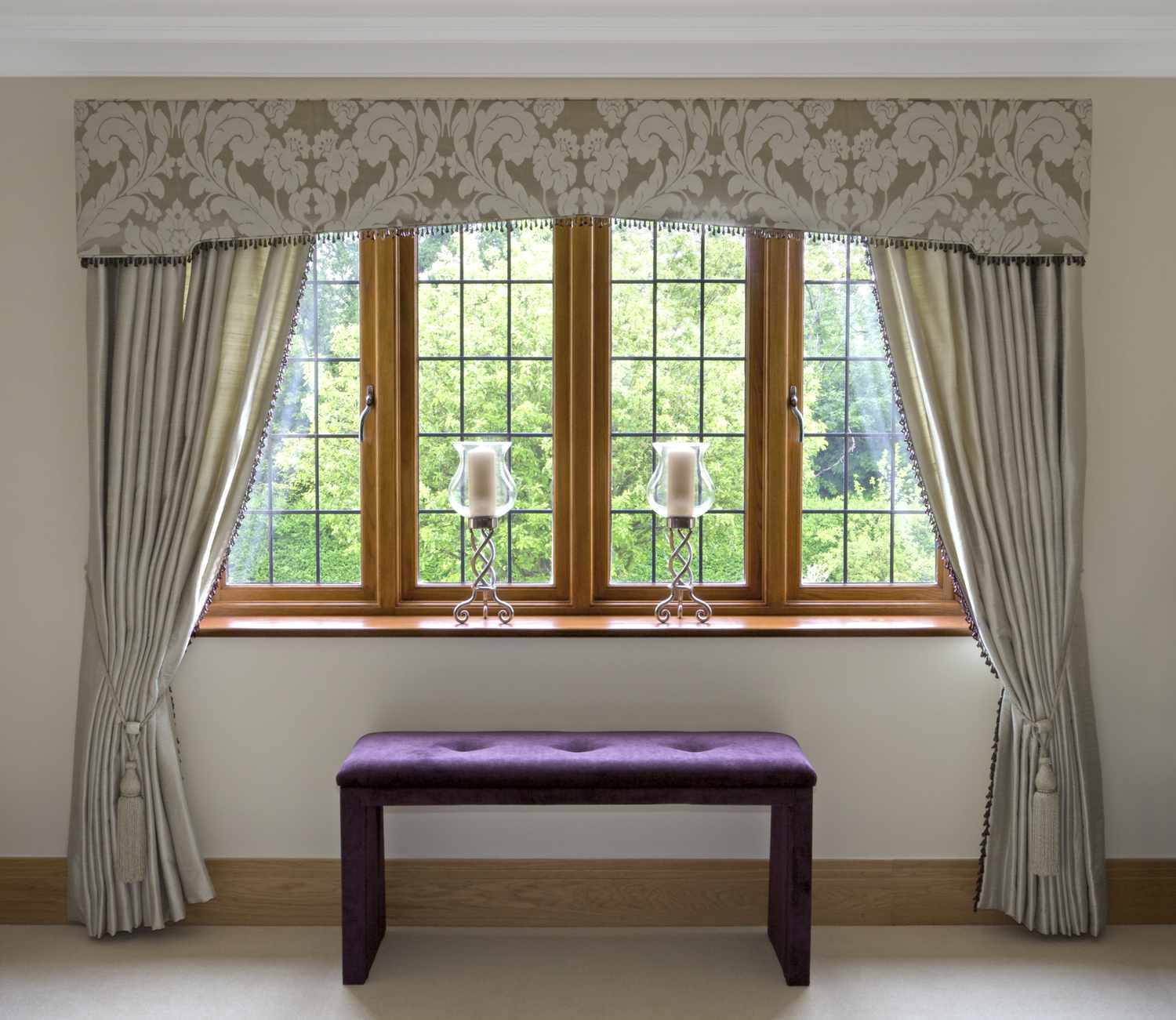
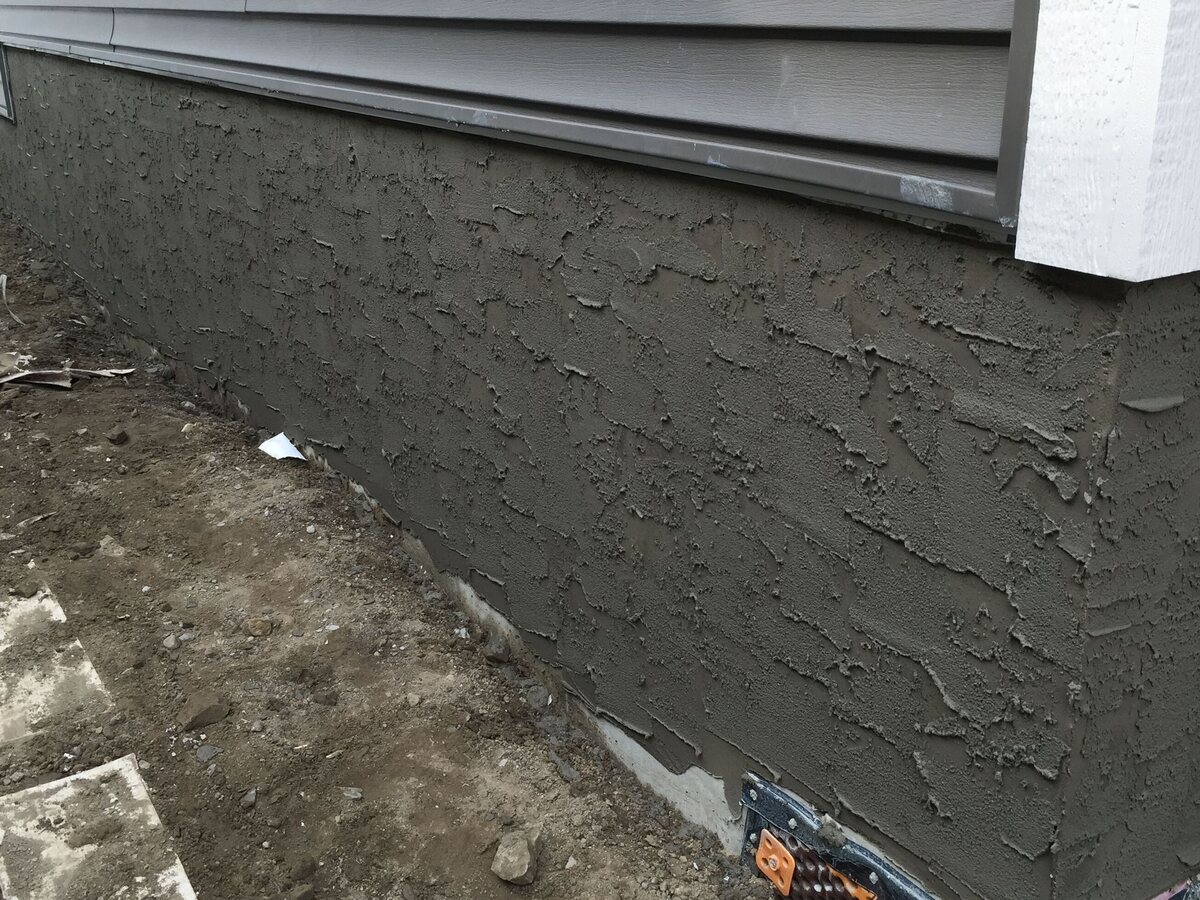
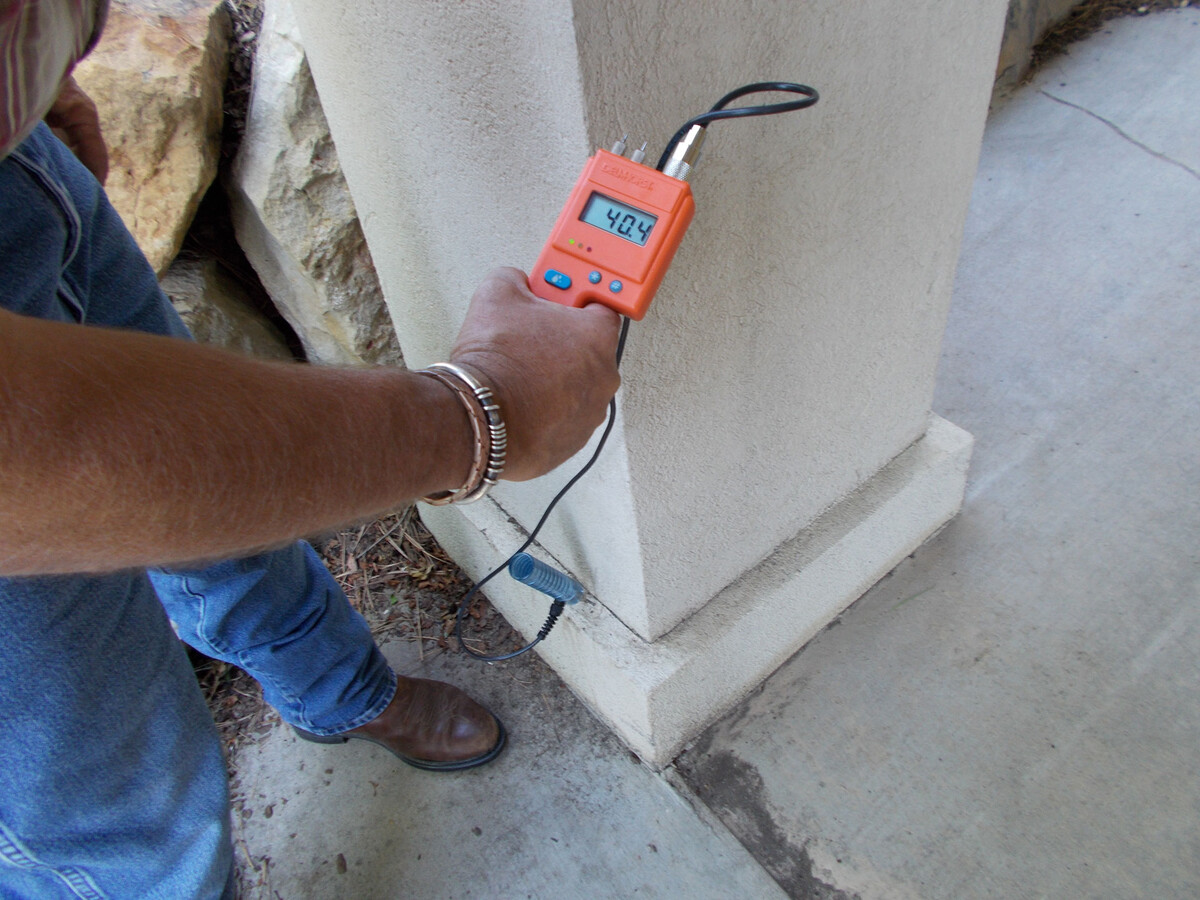
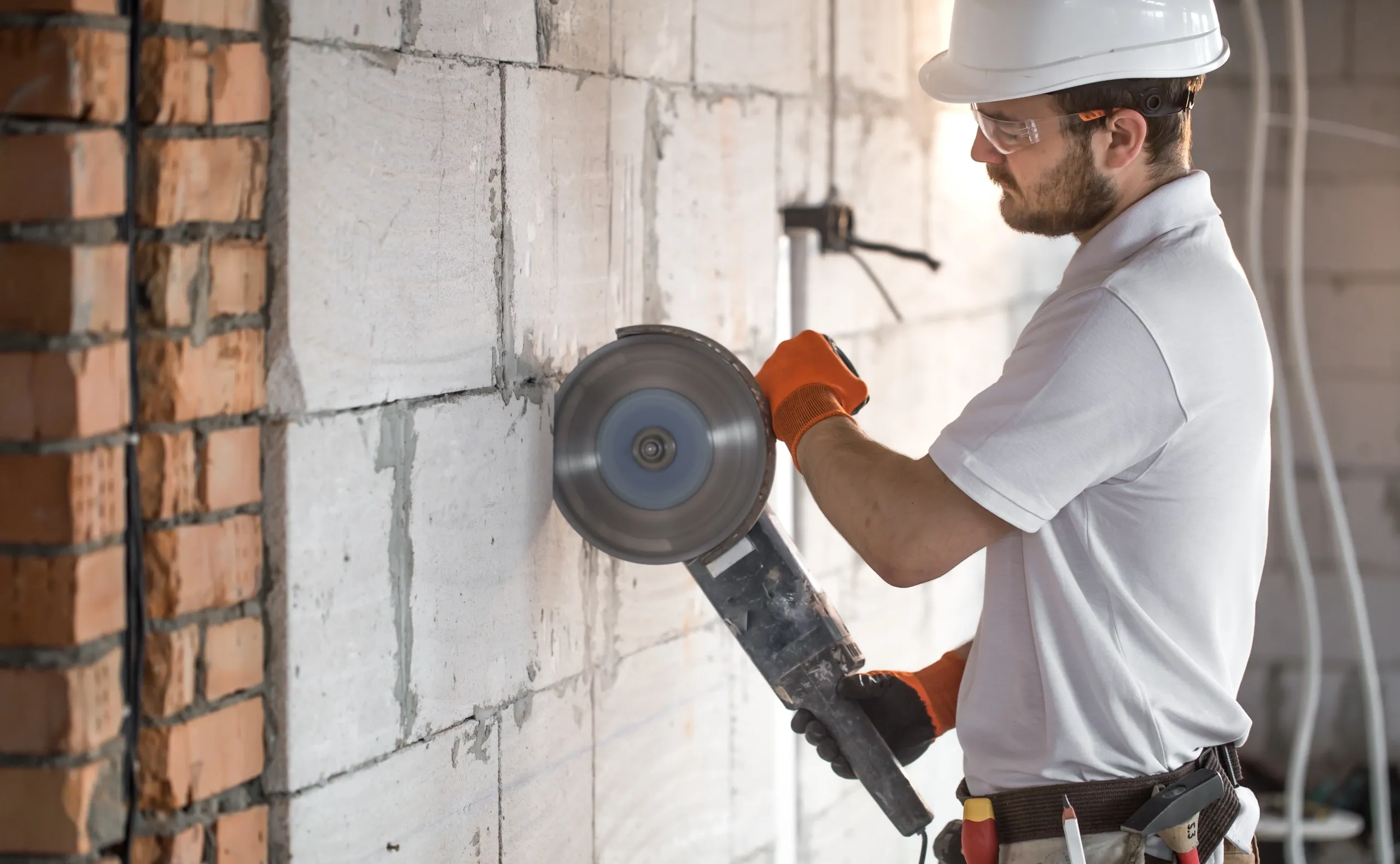

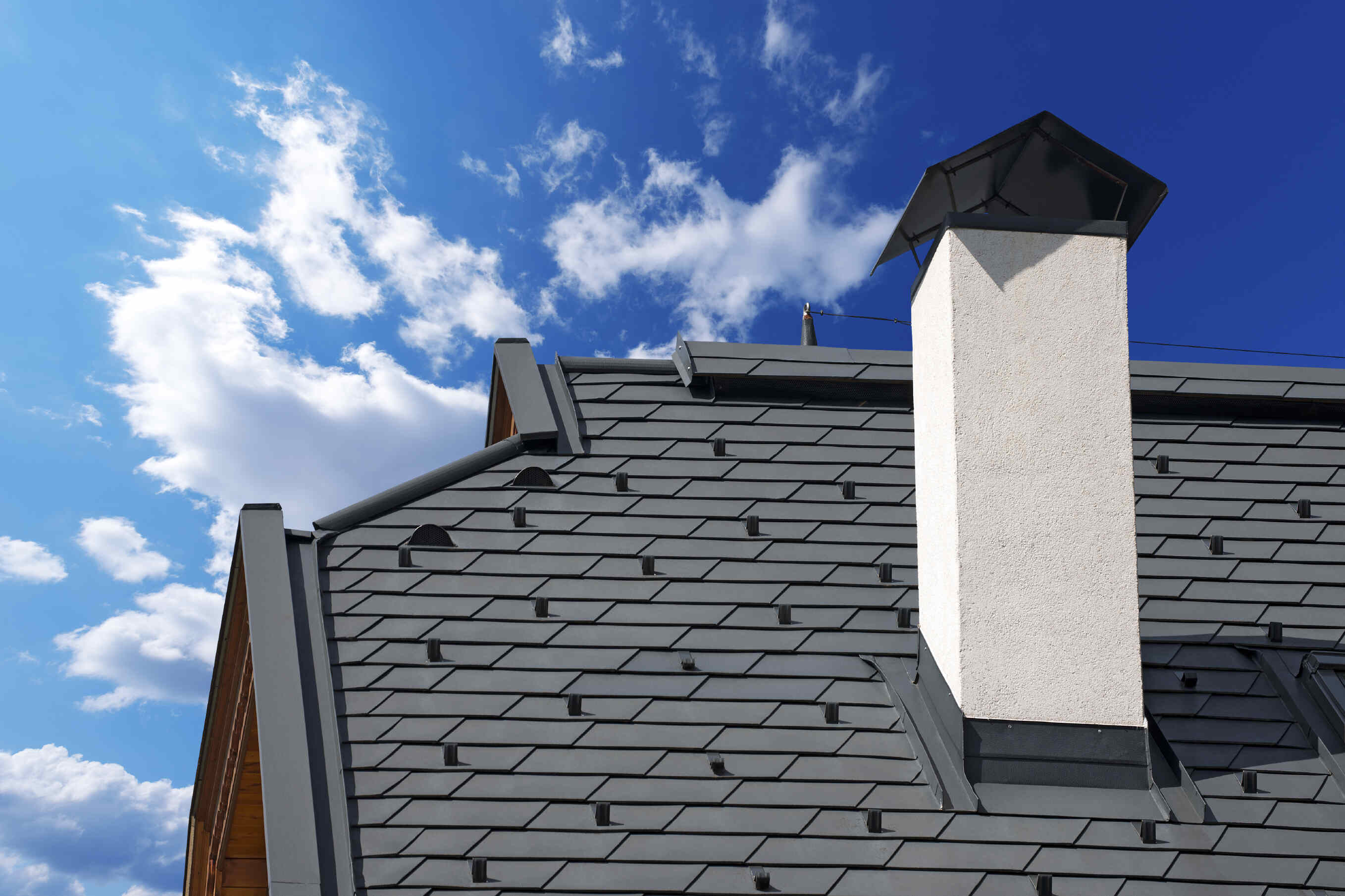
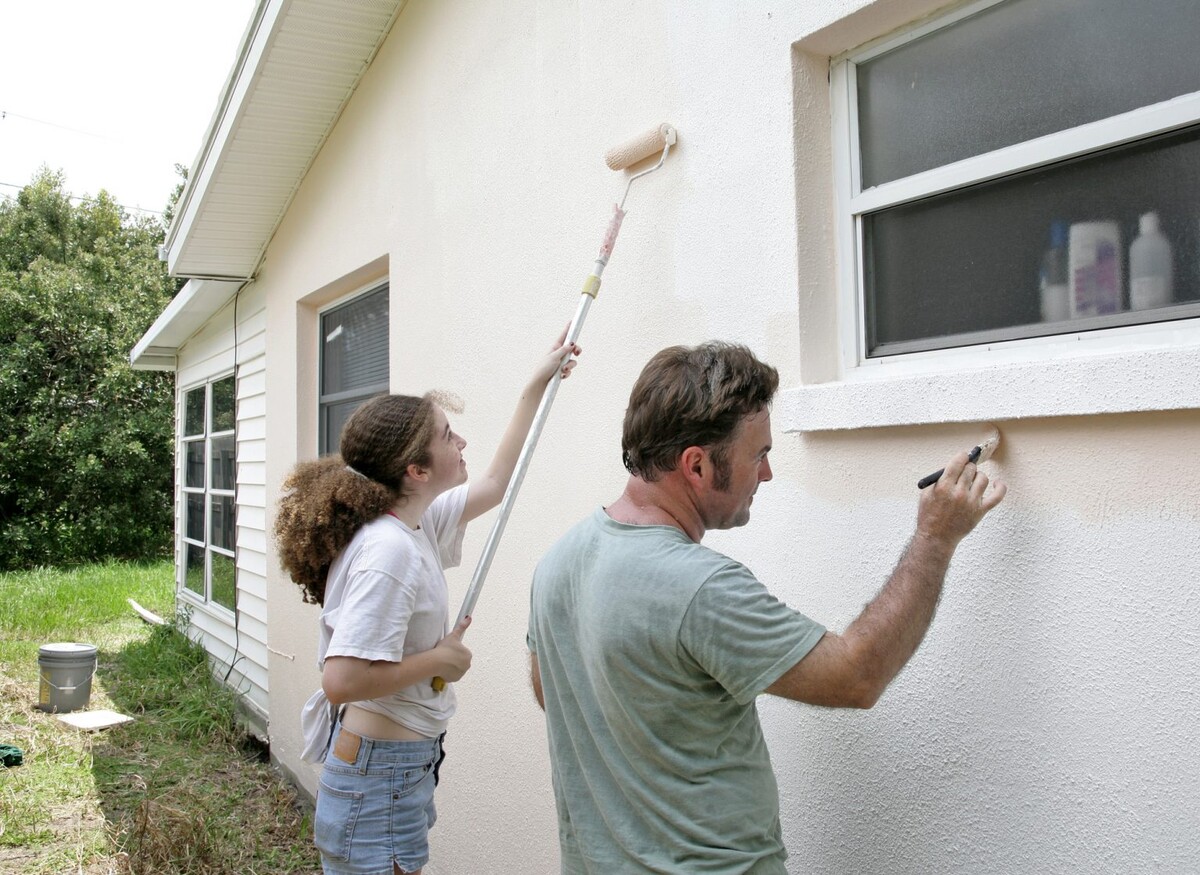
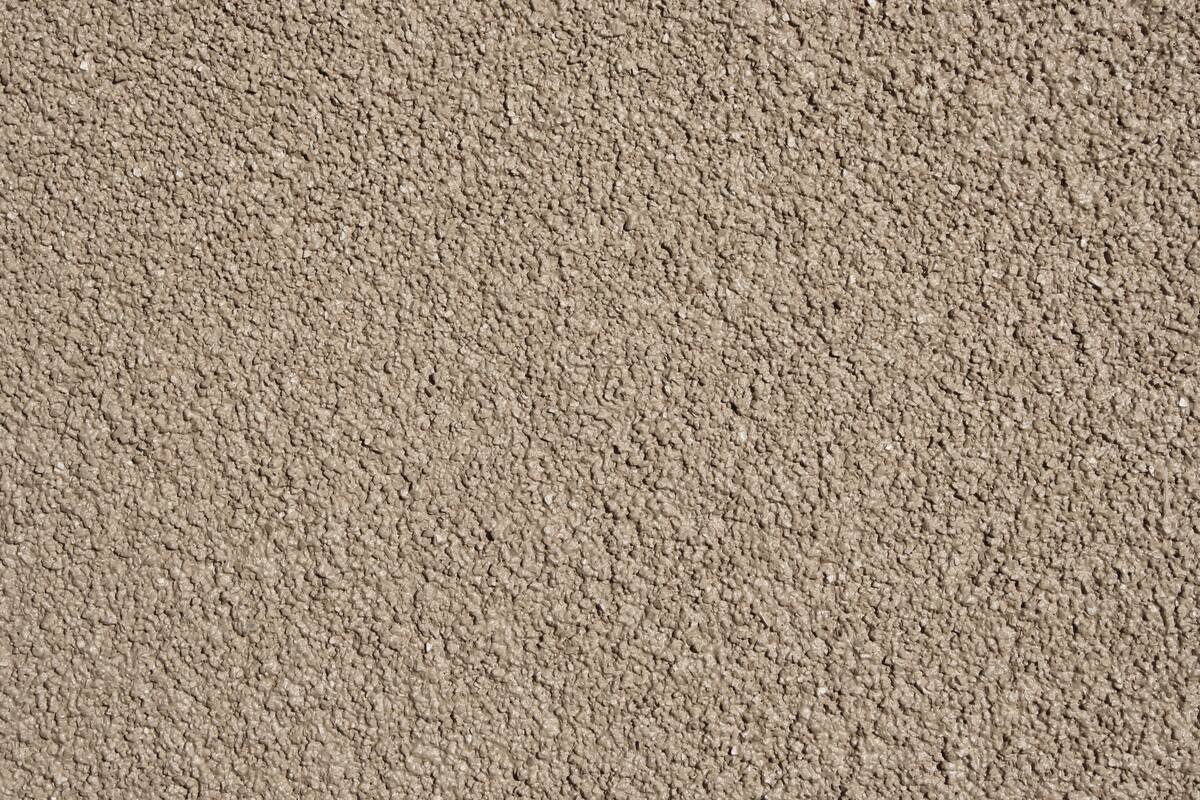
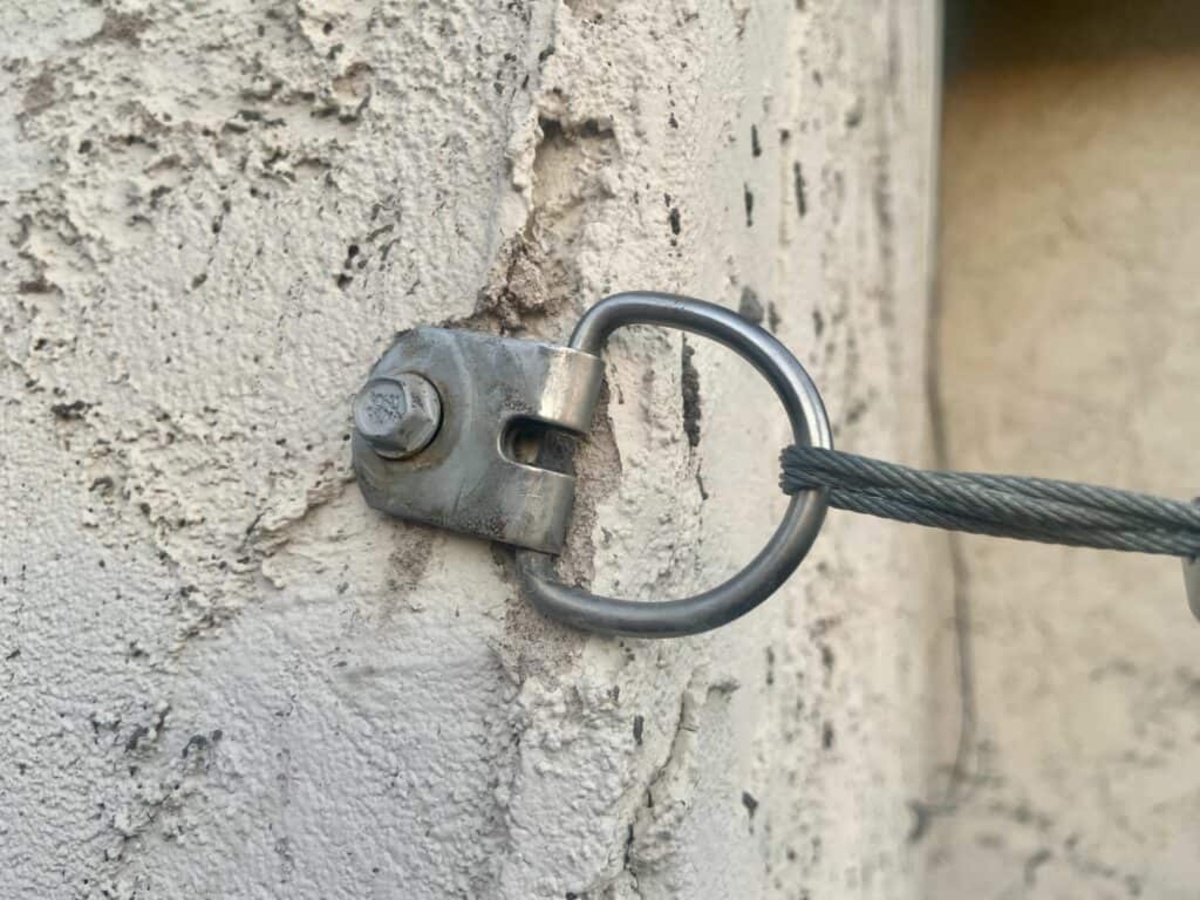
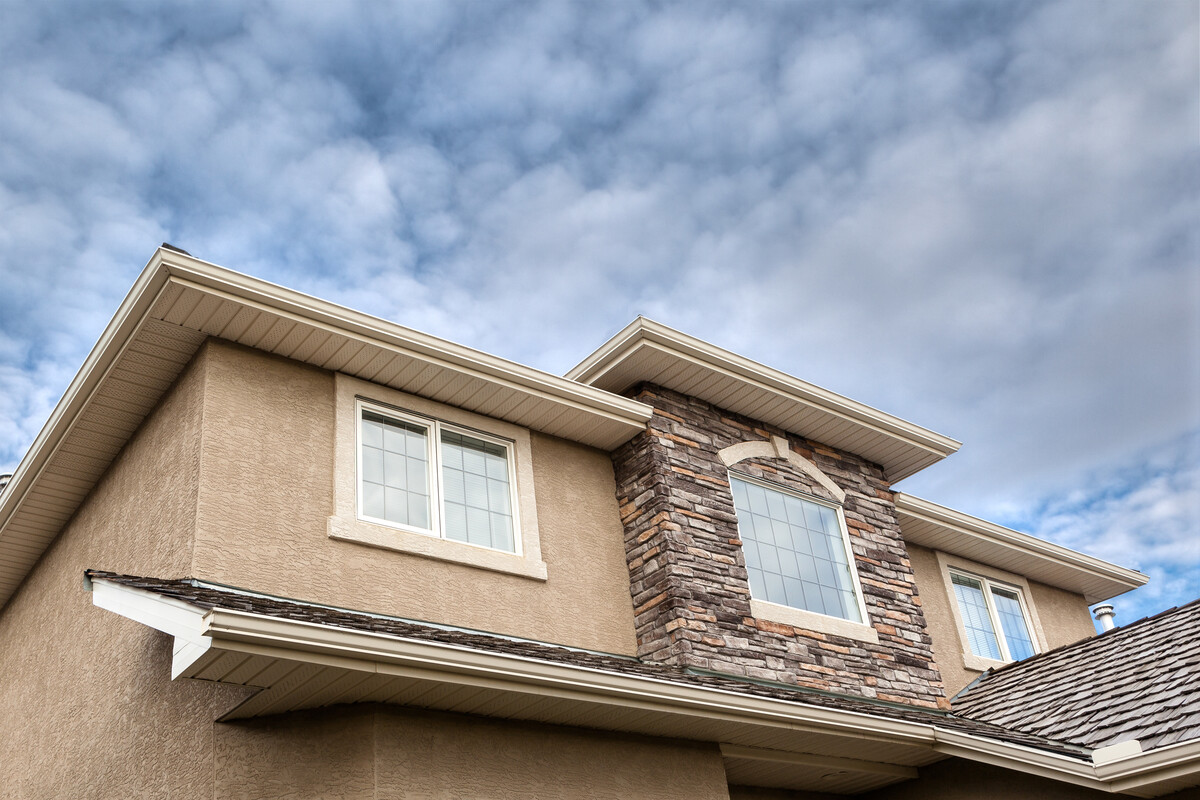
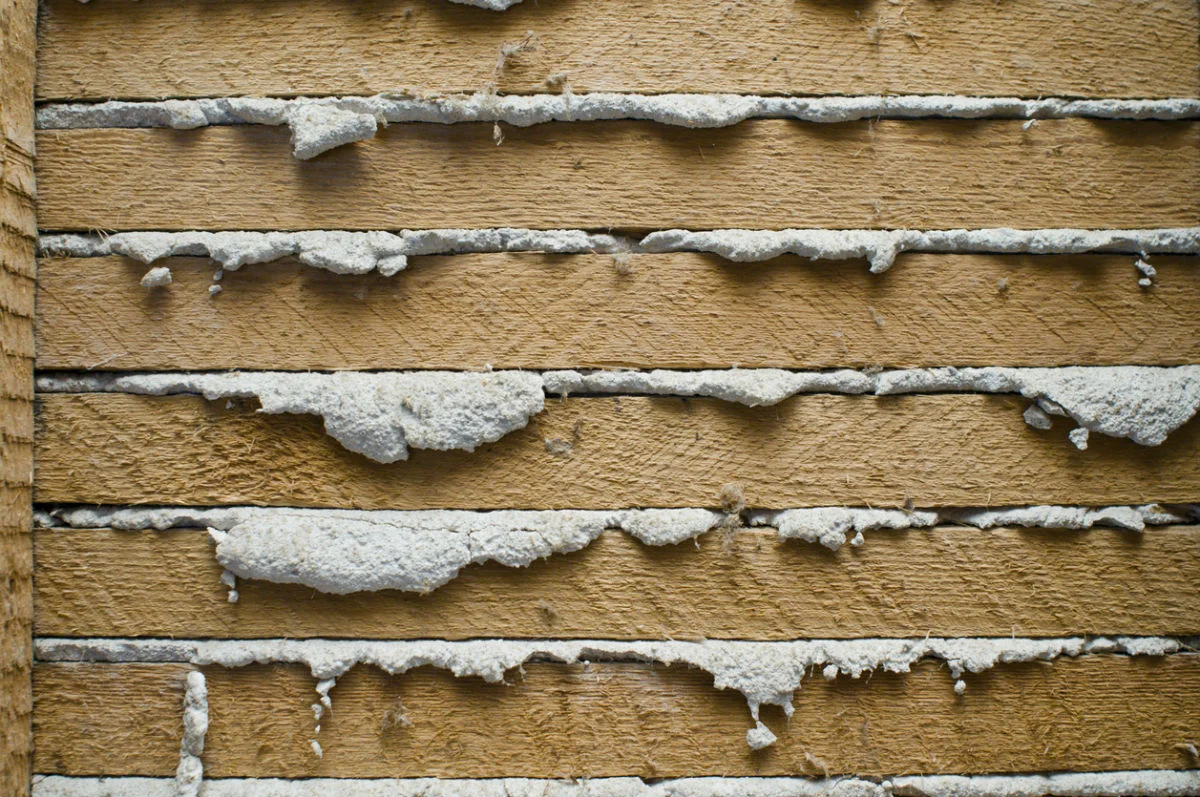
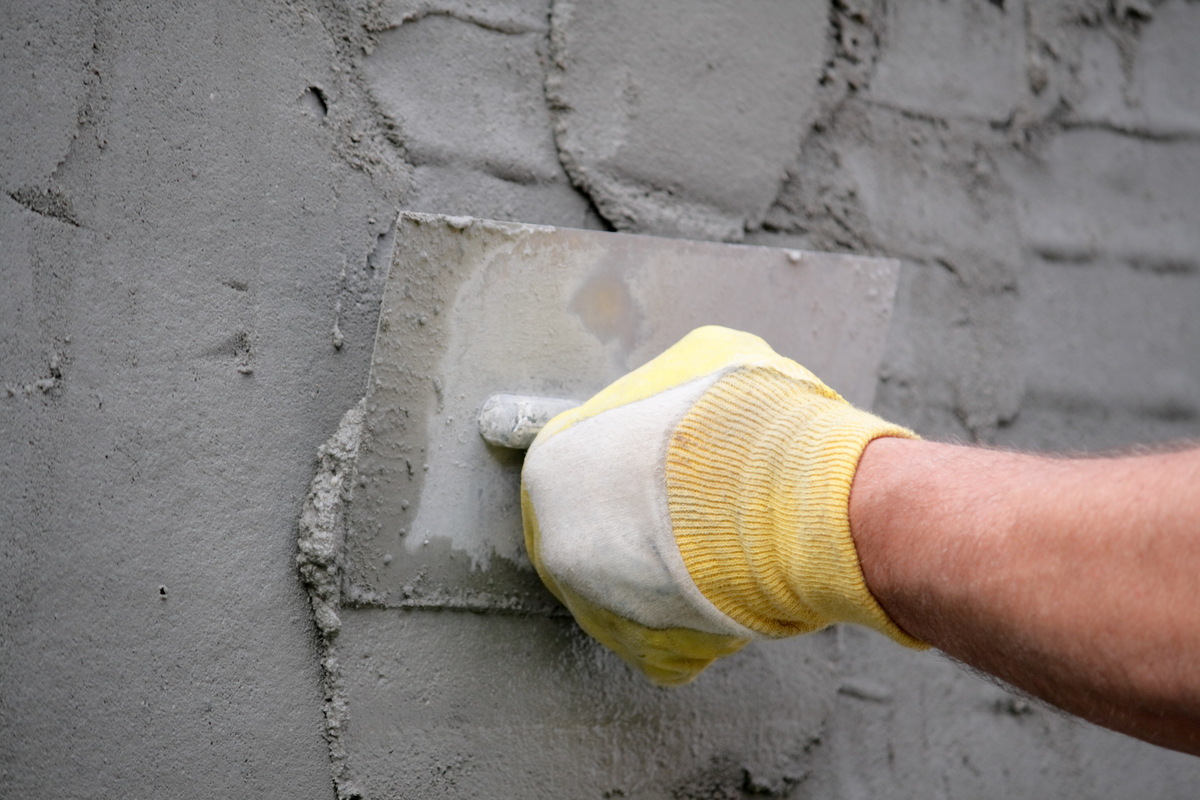

0 thoughts on “How To Tell: Eifs Vs Stucco”